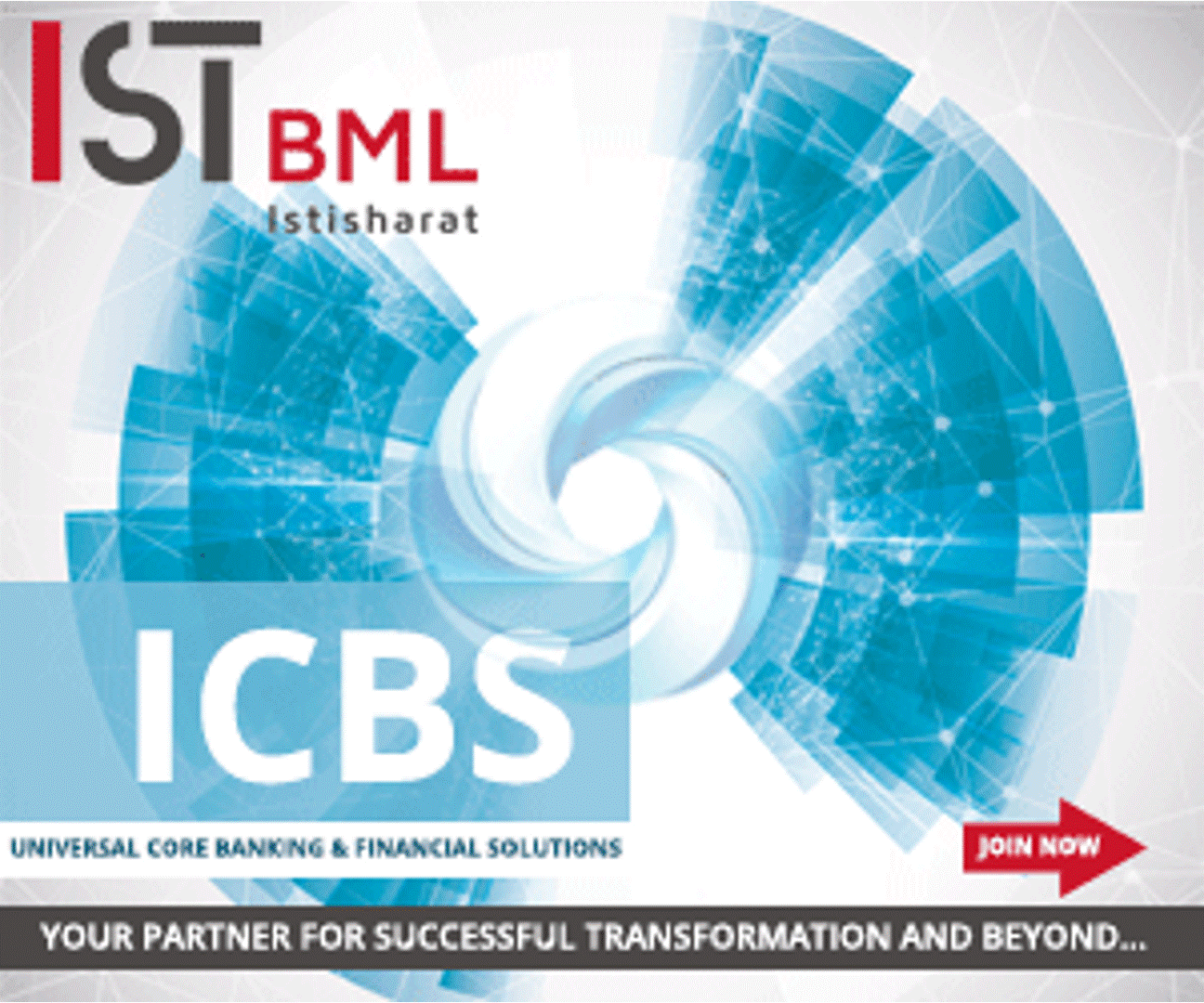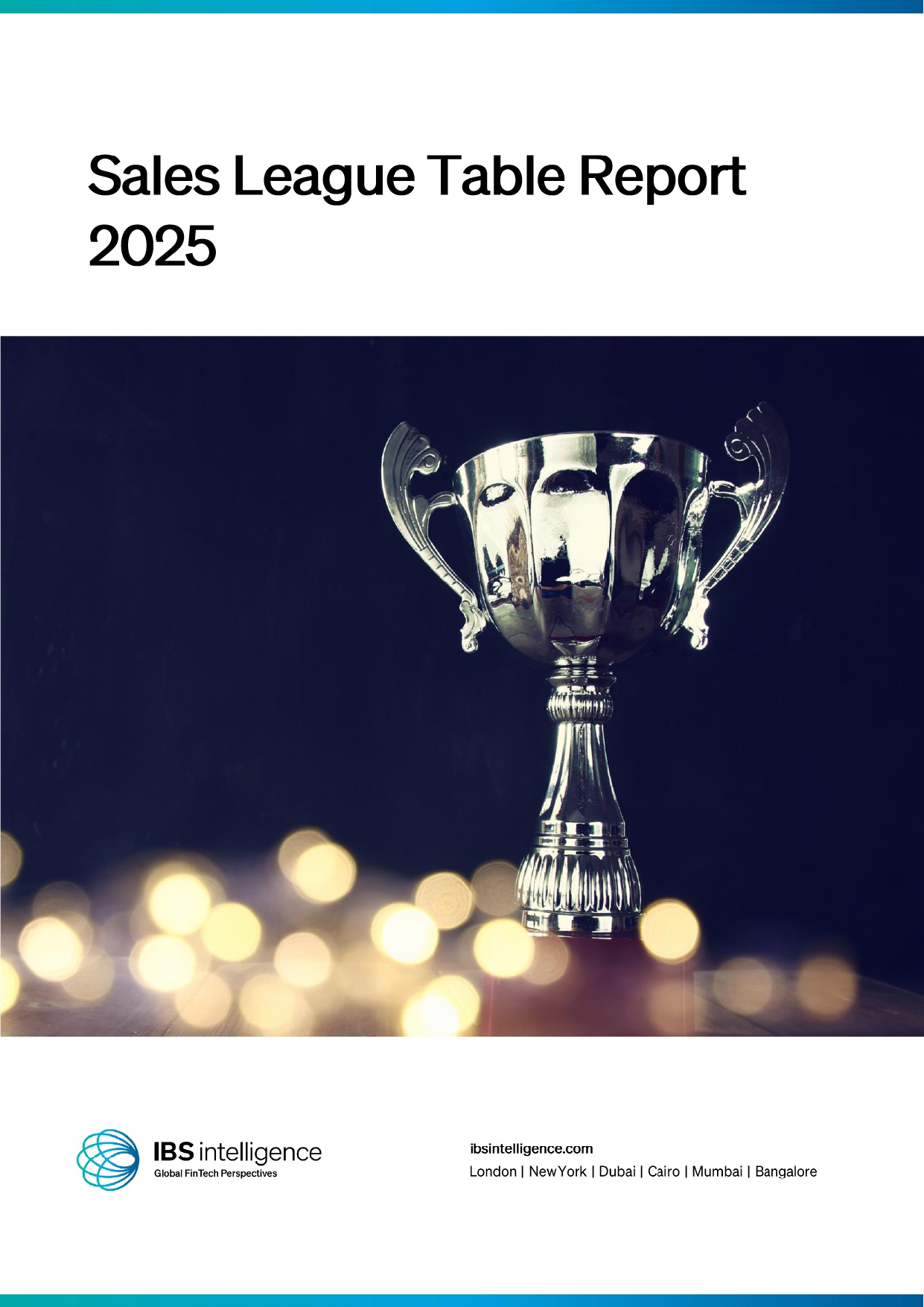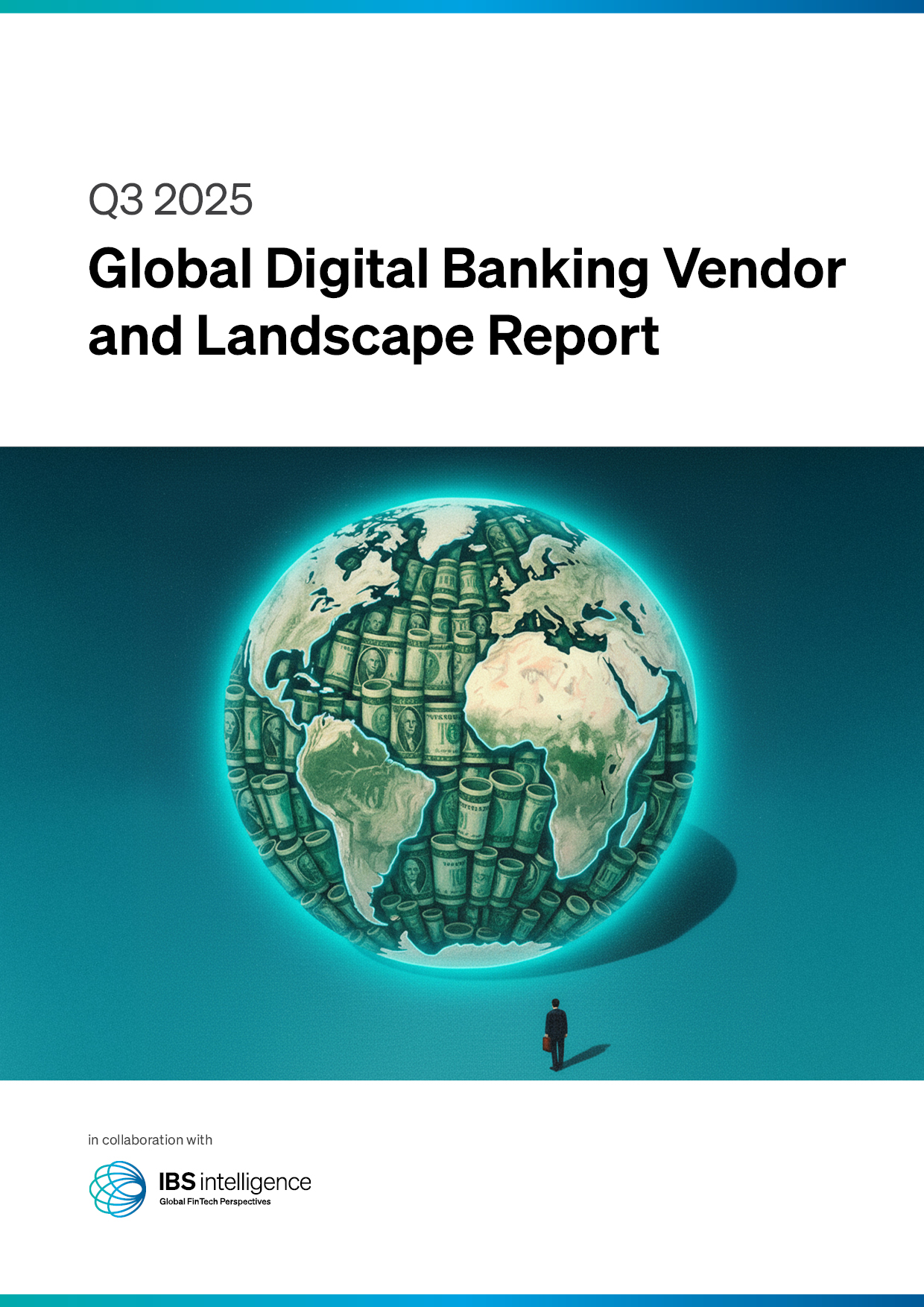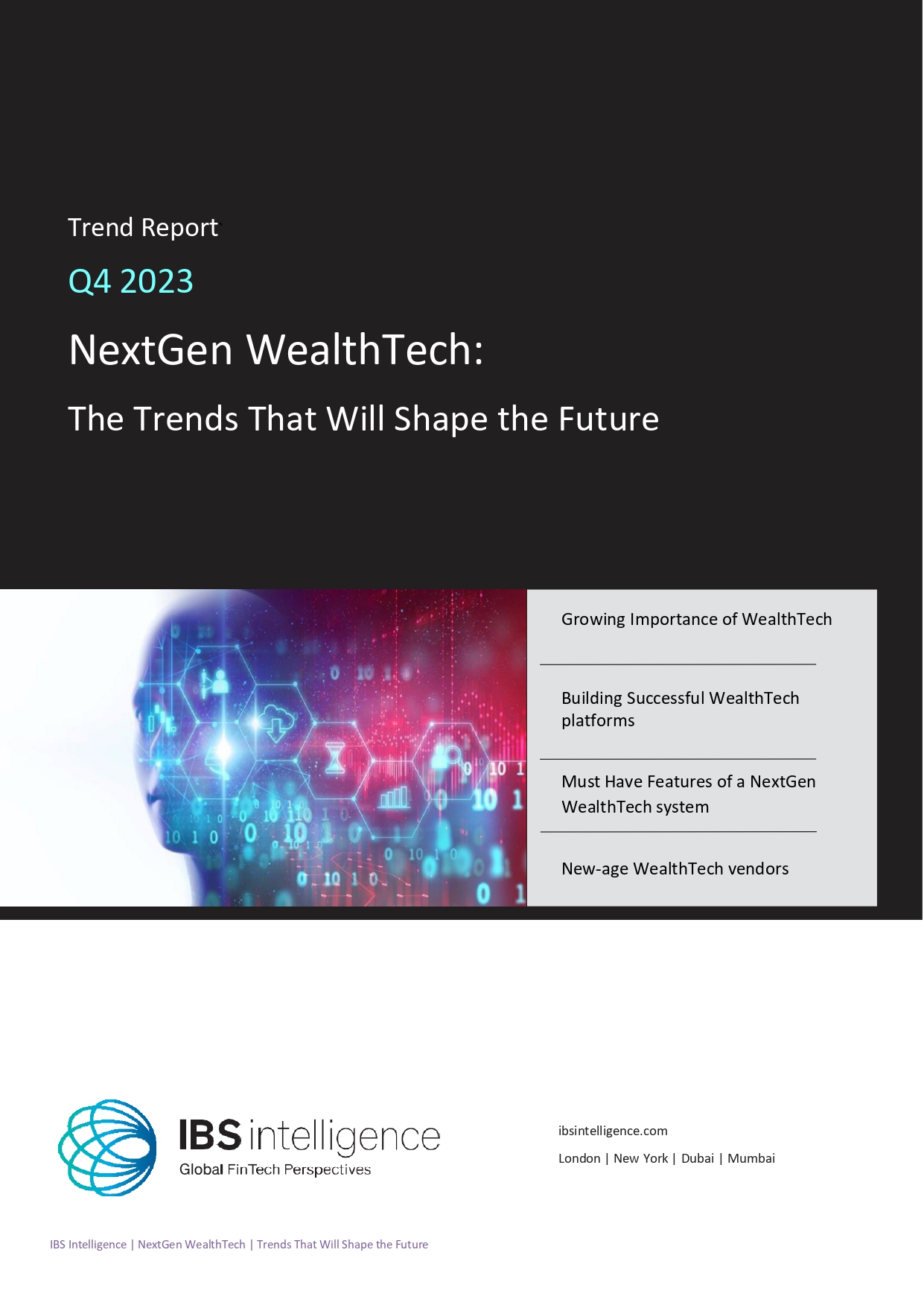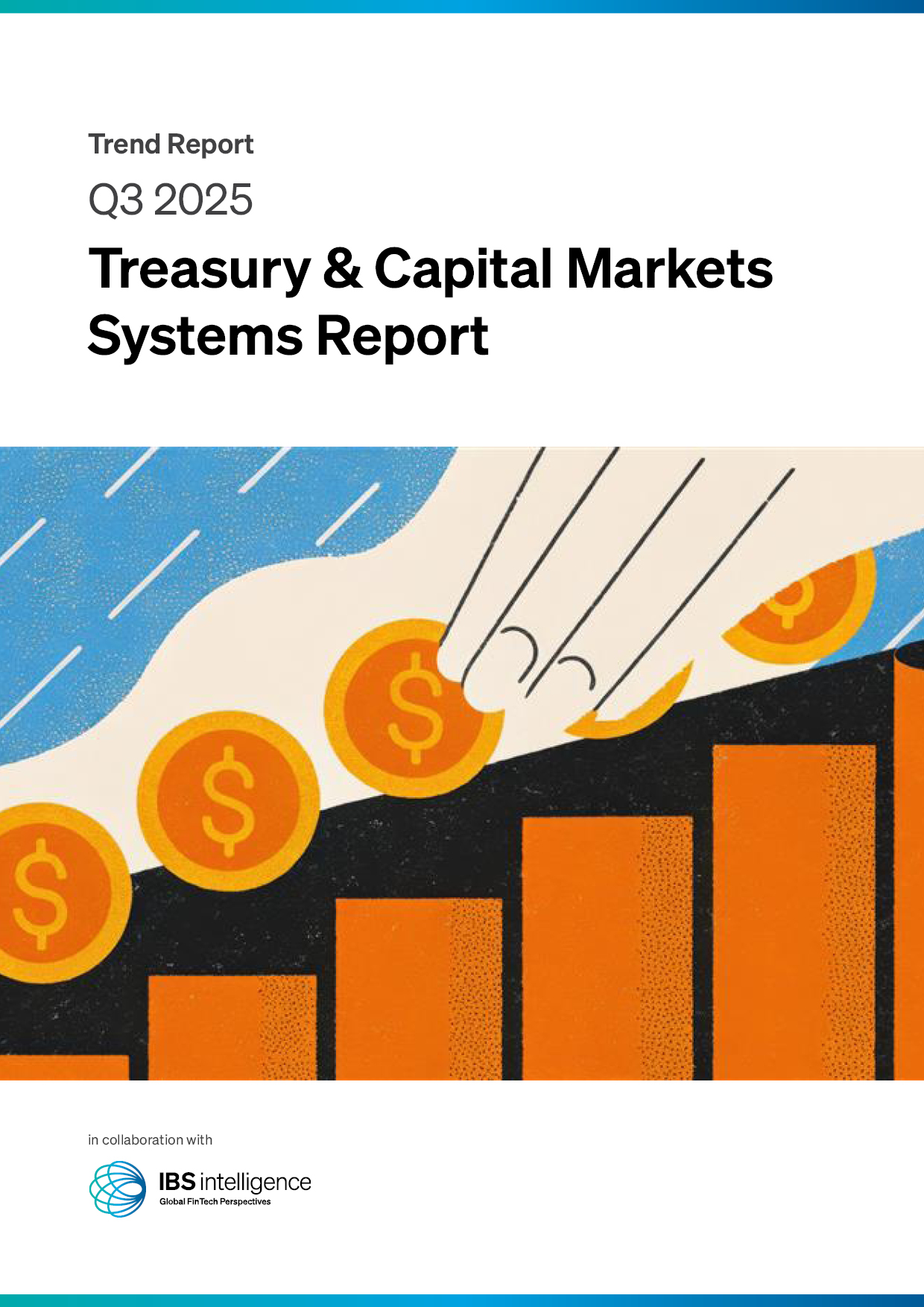 Back
Back
Cashless Future: Mobile Payments surge as cash disappears in the Nordics
By Gloria Methri

Consumer and merchant research conducted by Kantar Sifo and Norstat on behalf of Nets reveals near-total dominance of cashless payments in the Nordics, driven by contactless mobile payments via global and local providers.
Card payments dominate the Nordic payment landscape, with 90% of shoppers using them for contactless payments either daily or once a week. That’s according to new research conducted on behalf of Nets, part of Nexi Group – the European PayTech. The report reveals a dramatic shift in the Nordic payment landscape, where cash is rapidly becoming obsolete.
This trend underscores the growing dominance of mobile payments, with Apple Pay now surpassing MobilePay in Denmark and closely competing with Swish in Sweden.
The survey, which involved 4,000 consumers and 2,000 merchants, found that 76% of Nordic consumers use some form of mobile payment in physical stores. Notably, 12% of respondents reported relying solely on mobile payments, indicating a significant move away from traditional wallets.
The report highlights a striking contrast between merchants’ confidence and consumers’ apprehension. While a third of merchants forecast a positive outlook for the coming year, a staggering 90% of consumers anticipate spending either the same or less.
Lars Erik Tellmann, Nets’ Chief Regional Officer for the Nordics, said, “Although rising inflation and interest rates have affected the economy, we can now see that consumer purchasing behaviour has begun to normalise. In physical stores, use of mobile wallets and cards is steadily increasing, reflecting a global shift towards cashless transactions.”
The Decline of Cash
At least 30% of Nordic consumers say they never use cash, with nearly half in Norway and Sweden reporting the same. This shift persists despite Norwegian laws requiring businesses to accept cash payments. As mobile payments continue to rise, cash has slipped to a distant third among preferred payment methods.
In 2022, mobile payments pushed cash payments into third place among Nordic consumers’ most preferred payment methods. This has evolved into a battle between global tech giants Apple and Google, card schemes including Mastercard and Visa, and local, bank-backed brands such as Dankort, Vipps MobilePay and Swish. A new joint bank initiative aimed at enabling cross-border local mobile payments is expected to accelerate growth further.
Bridging the Gap
Despite a strong consumer preference for diverse payment options—63% of respondents have cancelled a purchase due to a merchant’s lack of preferred payment methods—54% of merchants do not accept local mobile payments. This disconnect signals an urgent need for businesses to adapt.
The report also highlights advancements in payment technologies, including improved authentication, digital receipts, and loyalty programs.
“Elsewhere, we are seeing significant advancements in payment authentication, digital receipts, and loyalty solutions,” explained Tellmann. “Many businesses are recognising the benefits of digital receipts in enhancing customer convenience and reducing environmental impact.”
With 90% of Nordic consumers enrolled in at least one loyalty program linked to payment cards, there is a clear push towards integrating loyalty with everyday transactions.
The rising prominence of mobile payments signals not just a shift in payment methods but a fundamental transformation in consumer behaviour. The question remains: How quickly can the landscape adapt to meet the demands of a cashless society? The answer will likely shape the future of commerce in the Nordics and beyond.
IBSi FinTech Journal
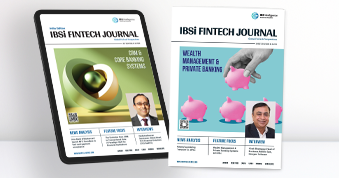
- Most trusted FinTech journal since 1991
- Digital monthly issue
- 60+ pages of research, analysis, interviews, opinions, and rankings
- Global coverage

